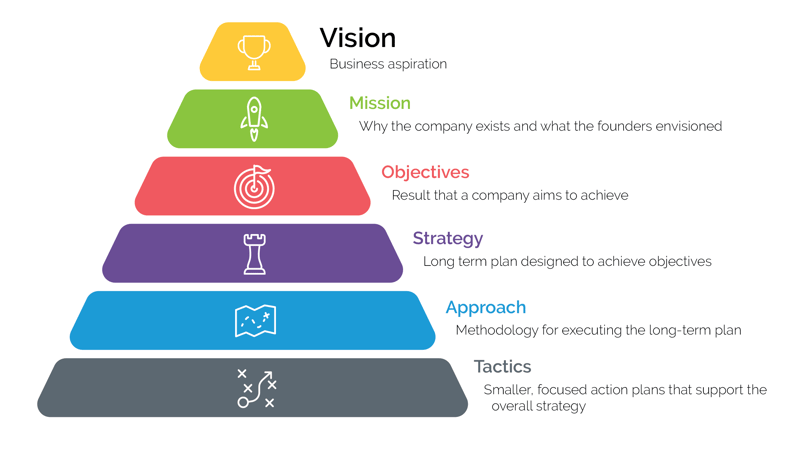Strategic planning plays a pivotal role in the success of any organization. It involves the process of defining an organization’s vision, setting objectives, and formulating strategies to achieve them.
This comprehensive guide will delve into the intricacies of strategicplanning, shedding light on its pros and cons. By the end of this article, you will have a deeper understanding of the significance of strategic planning and its potential impact on your business.
Understanding Strategic Planning
Definition of Strategic Planning
StrategicPlanning is a systematic approach that organizations adopt to define their goals and develop a roadmap to accomplish them. It involves analyzing the current state of the organization, assessing opportunities and challenges, and formulating strategies to achieve long-term objectives.
Importance of Strategic Planning
Effective strategicplanning provides numerous benefits for organizations:
Enhanced Focus: StrategicPlanning helps organizations align their resources and efforts towards common goals, ensuring that everyone is working towards a unified purpose.
Improved Decision-Making: By analyzing internal and external factors, strategicplanning enables informed decision-making, reducing the risk of costly mistakes.
Adaptability: Through strategicplanning, organizations can anticipate and respond to changes in the market, industry, or business environment, fostering agility and resilience.
Pros of Strategic Planning
Clear Direction and Goal Setting
One of the primary advantages of strategicplanning is that it provides a clear direction for an organization. It helps set goals and objectives that are specific, measurable, achievable, relevant, and time-bound (SMART goals). This clarity enables employees to align their efforts, resulting in increased productivity and efficiency.
Resource Allocation Optimization
StrategicPlanning allows organizations to identify and allocate resources effectively. By evaluating the strengths and weaknesses of the organization, strategic planners can allocate resources optimally, focusing on areas that provide the highest return on investment.
Long-term Stability and Sustainability
Organizations that engage in strategicplanning are more likely to achieve long-term stability and sustainability. By analyzing trends, market dynamics, and potential risks, strategic planners can develop strategies that mitigate uncertainties and position the organization for long-term success.
Cons of Strategic Planning
Time-Consuming Process
StrategicPlanning can be a time-consuming process, requiring extensive research, analysis, and collaboration. The involvement of multiple stakeholders and the need to evaluate various options can lead to delays in decision-making and execution.
Rigidity and Resistance to Change
In some cases, strategicplanning can create a rigid organizational structure that resists change. When strategies are set in stone, organizations may struggle to adapt to dynamic market conditions, resulting in missed opportunities or outdated approaches.
Potential for Misalignment
If strategic planning is not communicated effectively or lacks input from key stakeholders, it can lead to misalignment within the organization. Misunderstandings or conflicting priorities can undermine the implementation of the strategic plan, rendering it ineffective.
Conclusion
Strategic planning is a powerful tool that allows organizations to chart their course towards success. By providing clarity, optimizing resource allocation, and fostering long-term stability, it offers numerous advantages.
However, it is important to be mindful of the potential time constraints, rigidity, and the need for effective communication to avoid the pitfalls associated with strategic planning.
By carefully considering the pros and cons discussed in this comprehensive guide, you can make informed decisions and maximize the benefits of strategic planning for your organization.

